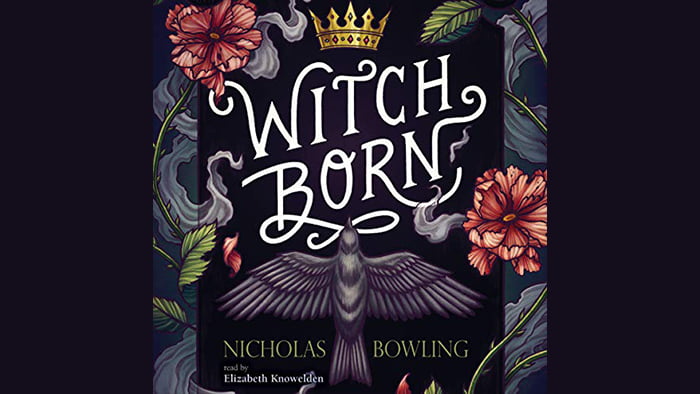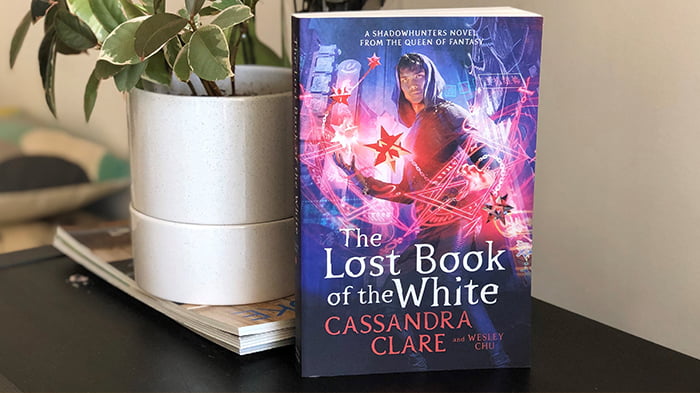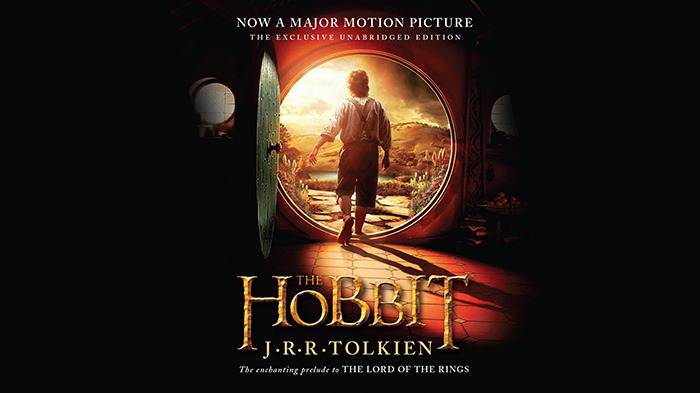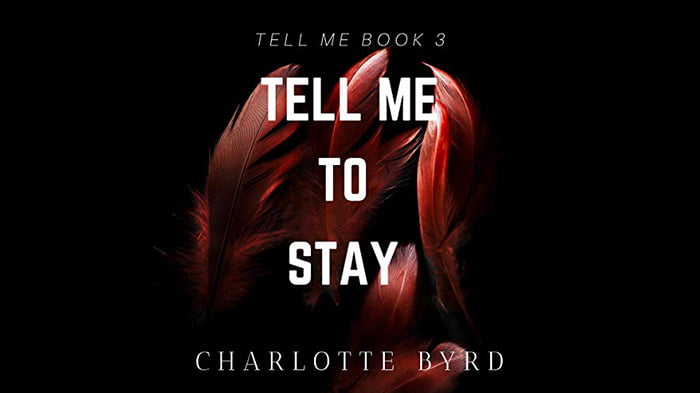The River Is Waiting: Wally Lamb’s Haunting Exploration of Redemption
A Master Returns to Form
Wally Lamb, the #1 New York Times bestselling author whose novels “She’s Come Undone” and “I Know This Much Is True” became Oprah Book Club phenomena, returns with “The River Is Waiting,” a devastating yet ultimately hopeful exploration of guilt, punishment, and the possibility of redemption. Narrated by Jeremy Sisto, this audiobook promises to be one of the most emotionally powerful listening experiences of the year.
Lamb has built his literary reputation on creating deeply flawed characters who struggle with life’s most challenging circumstances. With Corby Ledbetter, he presents perhaps his most morally complex protagonist yet—a young father whose cascading failures lead to an unthinkable tragedy that destroys his family and lands him in prison. It’s a premise that could easily become melodramatic or exploitative, but in Lamb’s masterful hands, it becomes a profound meditation on human fallibility and the capacity for transformation.
Corby Ledbetter: A Man on the Brink
The Perfect Storm of Failure
Corby’s descent begins with struggles that many readers will recognize: new fatherhood bringing unexpected pressures, job loss creating financial strain, and a “growing secret addiction” that he hides from his beloved wife Emily. Lamb constructs Corby’s initial circumstances with careful attention to how ordinary pressures can compound into extraordinary crisis. Each element alone might be manageable, but together they create a perfect storm that overwhelms Corby’s coping mechanisms.
The mention of “secret addiction” adds crucial complexity to Corby’s character. Lamb doesn’t specify the nature of this addiction immediately, allowing readers to understand it as both symptom and cause of Corby’s deterioration. The secrecy aspect emphasizes the isolation that addiction creates, cutting Corby off from the very support systems that might help him before it’s too late.
New Fatherhood as Catalyst
The pressure of new fatherhood serves as more than just background stress. For many men, becoming a father triggers profound identity crisis—suddenly responsible for a helpless life while potentially feeling helpless themselves. Lamb likely explores how societal expectations of fathers as providers and protectors become crushing when a man can barely provide for or protect himself.
This context makes Corby’s eventual tragedy even more heartbreaking. The very role that should inspire him to be better instead becomes part of the pressure system that breaks him. Lamb understands that parenthood, while often joyful, can also amplify existing vulnerabilities and expose hidden weaknesses.
The Unbearable Tragedy
The Act That Changes Everything
While Lamb keeps the specific nature of the tragedy deliberately vague in the synopsis, its description as “unbearable” and something that “tears the family apart” suggests an act of such magnitude that readers will struggle to maintain sympathy for Corby. This narrative challenge—making readers care about someone who has done the unforgivable—represents Lamb at his most ambitious.
The tragedy serves as the novel’s fulcrum, dividing Corby’s life into before and after. Everything that follows stems from this moment, making it both the nadir of his existence and, paradoxically, the beginning of his potential redemption. Lamb likely builds to this moment with excruciating tension, showing how Corby’s various struggles converge into one devastating instant.
Emily and the Destruction of Love
The mention of “his beloved Emily” before the tragedy emphasizes what Corby loses through his actions. This isn’t a marriage already broken but one stressed by circumstances—making its destruction all the more painful. Emily represents not just a wife but the life Corby might have had, the man he might have been.
Lamb excels at portraying how tragedy ripples outward, affecting not just immediate victims but entire networks of relationships. Emily’s pain, anger, and potential journey toward forgiveness or its impossibility likely forms a crucial subplot, providing perspective beyond Corby’s experience.
Life Inside: Prison as Crucible
Surviving the Unforgivable
Corby’s prison experience becomes the heart of the novel, where he must “survive life on the inside” while carrying the weight of his crime. Lamb doesn’t romanticize incarceration but uses it as a crucible for character transformation. Prison strips away all pretense, forcing Corby to confront who he is when everything else is taken away.
The challenge of surviving prison as someone who has committed a tragedy involving family—particularly if children were involved—adds another layer of danger. Prison hierarchies often place such offenders at the bottom, making Corby’s physical survival as precarious as his psychological endurance.
Witnessing Brutality
Corby “bears witness to frightful acts of brutality,” experiencing the harsh reality of incarceration. Lamb likely doesn’t include these elements for shock value but to show how violence begets violence, how punishment often perpetuates rather than reforms. Corby must navigate this brutal world while trying to maintain whatever humanity remains within him.
These witnessed brutalities serve multiple narrative purposes: they provide external conflict and danger, they force Corby to make moral choices about intervention or self-preservation, and they mirror the violence he himself perpetrated, creating opportunities for reflection and recognition.
Small Kindnesses in Dark Places
The Prison Librarian Who Sees His Light
Among the darkness, Lamb introduces a prison librarian “who sees his light,” representing hope and human connection in the most unlikely place. This character likely serves as mentor, confessor, and reminder that redemption remains possible even for the seemingly irredeemable. The library itself becomes sanctuary—a place where minds can travel beyond walls.
The librarian’s ability to see Corby’s “light” when Corby himself might see only darkness provides crucial external validation of his humanity. This relationship probably develops slowly, built on shared love of books and gradual trust, showing how intellectual and emotional connection can flourish even in harsh environments.
Elemental Kinship with Fellow Offenders
Corby’s connections with other inmates, including “a tender-hearted cellmate and a troubled teen desperate for a role model,” complicate typical prison narratives. Lamb shows how shared suffering can create unexpected bonds, how even among society’s outcasts, community and compassion can emerge.
The troubled teen particularly offers Corby a chance at redemptive action. By becoming the role model this young inmate needs, Corby might begin to atone for failures with his own family. This mentorship likely provides structure for Corby’s transformation, giving him purpose beyond mere survival.
The Power of Maternal Faith
Mother’s Enduring Belief
Corby’s mother’s “enduring faith in him” provides an external anchor for hope. In Lamb’s fiction, mother-child relationships often carry tremendous weight, representing unconditional love tested by unforgivable actions. This maternal faith doesn’t excuse Corby’s crime but insists on his continued humanity despite it.
This relationship likely explores the particular agony of parents whose children commit terrible acts. How does a mother reconcile the baby she raised with the man who caused unbearable tragedy? Lamb probably portrays this with nuance, showing both the mother’s pain and her refusal to abandon her son.
Faith as Foundation
The religious connotations of “faith” suggest spiritual dimensions to Corby’s journey. Whether through formal religion or more general spirituality, faith becomes a tool for surviving incarceration and imagining redemption. Lamb often incorporates spiritual elements without preaching, using faith as one of many paths toward healing.
Transcending Confinement
Beyond Physical Boundaries
The idea that Corby “begins to transcend the boundaries of his confinement” suggests transformation that goes beyond mere adaptation to prison life. Through relationships, reading, and internal growth, he achieves a freedom that has nothing to do with physical liberty. This paradox—finding freedom in prison—represents classic redemption narrative transformed by Lamb’s psychological complexity.
This transcendence likely manifests in multiple ways: through imagination fueled by books, through service to fellow inmates, through acceptance of responsibility, and through the gradual reconstruction of self. Lamb shows how internal freedom can exist independently of external circumstances.
Hope for Mercy and Reconciliation
Corby’s sustaining hope “that mercy and reconciliation might still be possible” drives the narrative forward. This hope must battle against the reality of his crime’s magnitude and its irreversible consequences. Lamb explores whether hope for forgiveness is admirable persistence or delusional self-comfort.
The question of reconciliation raises complex issues about justice, forgiveness, and the limits of redemption. Can some acts be forgiven? Should they be? Who has the right to offer forgiveness? Lamb likely explores these questions without easy answers, respecting the complexity of human moral experience.
The Central Question: Can Love Forgive the Unforgivable?
The Weight of “Those He Loves”
The novel’s driving question—”Can his crimes ever be forgiven by those he loves?”—places agency with the victims rather than the perpetrator. Corby can seek redemption, but forgiveness isn’t his to claim. This distinction respects the reality that healing from trauma cannot be demanded or expected on any timeline.
The plural “those he loves” suggests multiple relationships requiring repair: certainly Emily, possibly children, extended family, friends. Each relationship presents different challenges and possibilities for reconciliation, creating a complex web of potential redemption and continued estrangement.
Forgiveness vs. Redemption
Lamb likely distinguishes between personal redemption—Corby’s internal transformation—and external forgiveness from those he’s wronged. One can occur without the other, creating poignant exploration of how we rebuild ourselves even when bridges to the past remain permanently burned.
Jeremy Sisto’s Narration: Bringing Depth to Darkness
The Challenge of Voicing Corby
Jeremy Sisto faces the complex task of making Corby sympathetic enough to hold listener attention while respecting the gravity of his crimes. His narration must convey Corby’s initial deterioration, the moment of tragedy, and the long journey toward possible redemption without melodrama or manipulation.
Sisto’s acting background serves him well in creating distinct voices for the diverse cast of characters Corby encounters in prison. From the gentle librarian to hardened inmates to the troubled teen, each voice must feel authentic while serving the story’s emotional arc.
Emotional Range and Restraint
The audiobook format particularly suits Lamb’s emotionally intense material. Sisto’s narration can convey internal monologue and emotional subtext that might feel overwrought in print. His performance must balance raw emotion with the restraint that makes such emotion bearable across a full novel.
Listen free at Tokybook to experience Jeremy Sisto’s powerful narration of Wally Lamb’s most challenging and rewarding novel yet.
Lamb’s Literary Legacy
Continuing Themes
“The River Is Waiting” continues Lamb’s career-long exploration of damaged individuals seeking redemption. Like Dolores in “She’s Come Undone” and Dominick in “I Know This Much Is True,” Corby represents humanity at its most vulnerable and conflicted. Lamb’s gift lies in making readers care about characters who might seem beyond sympathy.
Evolution of Craft
This latest novel shows Lamb pushing himself into even more morally complex territory. While his previous protagonists were primarily victims of circumstance or mental illness, Corby bears direct responsibility for tragedy. This shift requires even greater authorial skill to maintain reader engagement and empathy.
The River Metaphor
Waiting for What?
The title “The River Is Waiting” suggests multiple interpretations. Rivers traditionally symbolize time’s passage, life’s journey, and the possibility of cleansing or baptism. The river waits perhaps for Corby to be worthy of crossing, for redemption to be earned, or for the flow of forgiveness to resume.
This patient river contrasts with the urgency of Corby’s need for redemption. While he desperately seeks reconciliation, the river—representing perhaps cosmic justice or those he’s wronged—waits on its own timeline. This tension between human urgency and larger patterns of justice creates narrative suspense.
Natural Imagery in Prison Fiction
Using natural imagery for a prison novel creates poignant contrast between confinement and freedom, between human structures and natural flow. The river exists beyond prison walls, a reminder of the life and movement Corby has forfeited through his actions.
Contemporary Relevance
Criminal Justice and Redemption
In an era of ongoing debate about criminal justice reform, “The River Is Waiting” contributes to important conversations about punishment, rehabilitation, and the possibility of redemption. Lamb avoids simple positions, showing both the necessity of punishment and the humanity of those being punished.
Addiction and Accountability
By making addiction part of Corby’s story without using it as excuse, Lamb engages with complex questions about responsibility and disease. How do we hold people accountable for actions taken under addiction’s influence while recognizing addiction as a medical condition requiring treatment?
The Oprah Effect and Expectations
Living Up to Legacy
As an author with two Oprah Book Club selections, Lamb faces enormous expectations. These previous endorsements brought him millions of readers who expect emotional depth, complex characters, and ultimately hopeful narratives despite dark subject matter.
“The River Is Waiting” seems positioned to satisfy these expectations while pushing into new territory. The prison setting and unforgivable crime represent departures from his previous work while maintaining the psychological complexity and emotional resonance readers expect.
Final Assessment: A Necessary Novel
“The River Is Waiting” promises to be Wally Lamb’s most challenging and potentially most rewarding novel. By centering on a character who has committed an unforgivable act, Lamb forces readers to confront uncomfortable questions about redemption, forgiveness, and the possibility of transformation even after the worst mistakes.
The prison setting provides rich material for exploring how community forms in unlikely places, how literature and learning can transform lives, and how hope persists even in hopeless circumstances. Through Corby’s relationships with fellow inmates and his distant hope for reconciliation with family, Lamb examines what it means to remain human after committing inhuman acts.
Jeremy Sisto’s narration adds another dimension to an already complex narrative, bringing vocal life to characters struggling with the most fundamental questions of existence. His performance promises to make an emotionally difficult story accessible and ultimately transformative.
Experience Wally Lamb’s powerful exploration of guilt, punishment, and redemption—listen free at Tokybook and discover whether mercy remains possible even after the unforgivable. Sometimes the longest journey is from who we were to who we might still become. In “The River Is Waiting,” that journey begins in the darkest place imaginable and reaches toward a light that may or may not be attainable. The river waits, patient and eternal, for those brave enough to seek its far shore.
 Skip to content
Skip to content









